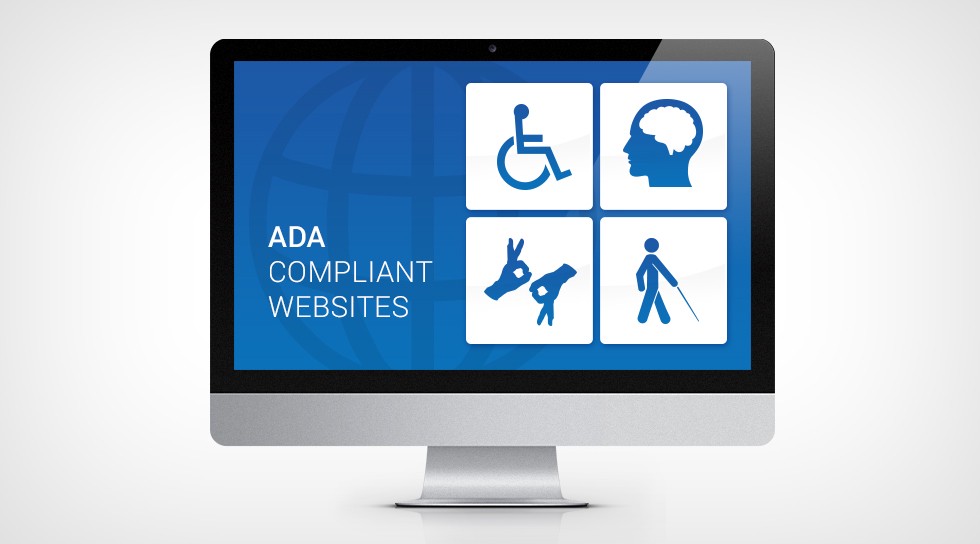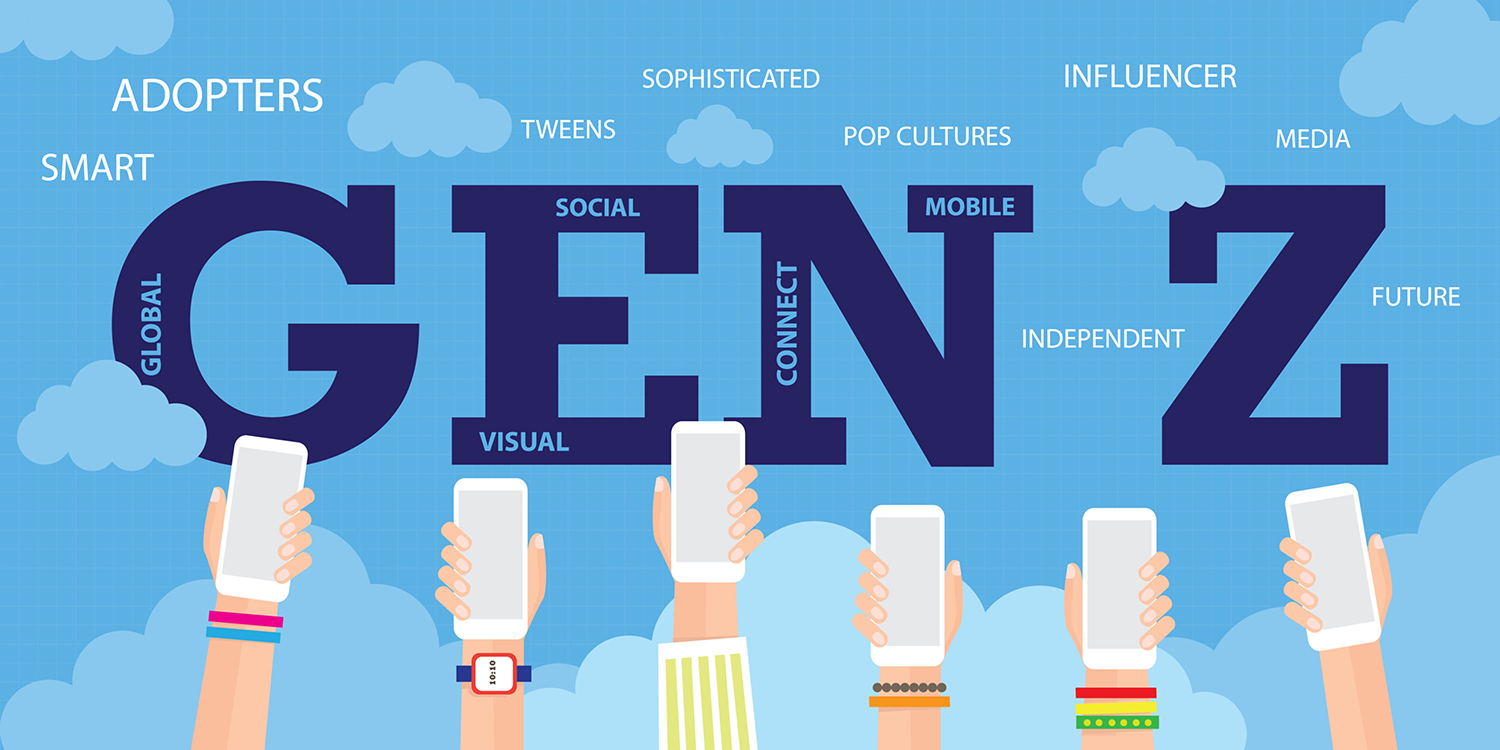Local co-op advertising dollars were designed to drive advertising efficiency for franchise organizations. Using local knowledge, a national brand could integrate into the fabric of a community through its network of franchisees. Today, many co-ops have left this original premise in the dust. These important local dollars now serve to boost programs at the national level. It’s time that co-ops recapture these dollars and build efficient local ad programs. Here are 5 ways co-ops can increase the impact of their local spend through local knowledge:
1 Leverage Local
It’s rare that a co-op's media buying agency is in their local market, which limits their ability to penetrate the local fabric of a community. They focus on the lowest cost per point and rarely look at the softer side of the buy. Local operators know the market better than anyone else. They see customers walk through their doors every day. A high functioning co-op uses the local knowledge to get more impact from their buy. If WAAA is sponsoring the Crowdlapalooza, a co-op should find a way to participate and get their brand in front of this target rich opportunity. Co-ops that work with an agency partner will have a leg up on the community activities and will be able to combine their media buys with added value strategically. Working with the right agency partner, co-op media buys deliver more value and extend the impact for the brand.
2 Partnerships Are A Plus
Most markets are full of venues, events, and activities that need marketing help. Unfortunately, these venues have limited marketing resources, and that’s where the co-op can step in. By utilizing co-op media to partner and promote exhibits, museums, amusement parks, or one-time events a co-op can fulfill the local marketing objective of weaving the brand into the fabric of the community. These partnerships can take several forms. It’s important to have an experienced agency partner to create a program that carries the brand and gives the customer a deal that’s almost too good to be true
3 Location, Location, Location
If a co-op's ad budget covers the entire market, it’s a good bet that the co-op has plenty of locations. Good co-ops use their locations to extend their brand within the community. They build goodwill by providing co/branded marketing presence to venues and events all over the city. As a promotional partner, brands can be a distribution point without the hassle of point-of-purchase integration and still drive additional customer traffic. This not only prevents POS nightmares but also maintains good franchise protocol.
4 Wag the dog
Co-op advertising dollars are the tail end of the advertising food chain. First comes national dollars, then regional, then co-op dollars. Until one market shows results and makes the needle move. Co-ops that have market success are often asked to to become key influencers for the national brand. This can lead to test marketing new ideas in these successful markets. This success leads to more opportunity to lead the brand from the franchisee point of view.
5 Respect the brand
Unique and innovative local marketing programs should not run counter to brand guidelines. System-wide brand guidelines present a cohesive message to consumers. Local co-op efforts should complement national efforts to have an impact on sales. Prepackaged ad products by corporate are good to have, but not the best in some circumstances. Co-ops should strive to explore localized creative execution that respects and conforms to the overall the brand guidelines.
VWA Marketing and Advertising has over 30 years of working with franchise brands and co-op groups. Let us know if you would like to hear about our co-op marketing results.











